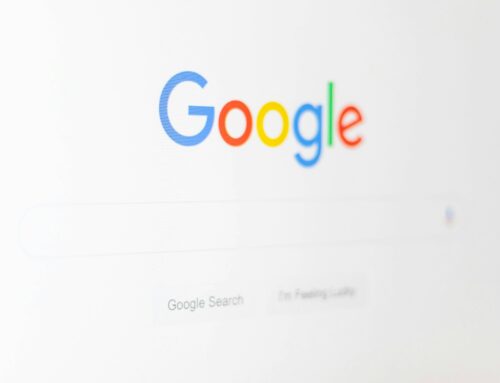Choosing the right marketing strategy can be challenging. Businesses often face the decision to use traditional methods like billboards or modern tactics such as digital marketing. Each approach has its own strengths and weaknesses, and understanding these can help make the right choice for your business.
Billboards have been a longstanding advertising tool, grabbing the attention of those on the go. They provide a way to reach a broad audience in specific locations. However, various factors can limit their effectiveness, including high costs and the inability to target specific consumer groups.
On the other hand, digital marketing offers a dynamic and flexible way to connect with potential customers. It allows precise targeting, real-time data analysis, and adaptable campaigns that can be modified based on performance. As we explore the key differences and benefits of each, it will become clear how these options fit into a comprehensive marketing strategy.
Cost-Effectiveness Comparison
Marketing budgets are a major consideration for any business. When comparing digital marketing and billboards, cost-effectiveness plays a significant role.
Billboards often come with high costs. Renting a prominent billboard in a busy area can be expensive, sometimes running into thousands of dollars per month. Additionally, there are production costs for designing and printing the large ads. These expenses can quickly add up, making billboards a substantial investment.
Digital marketing, on the other hand, tends to offer more bang for your buck. Platforms like social media, email marketing, and search engines allow for more control over your budget. You can start small and scale up as you see results. The ability to set specific spending limits and only pay for actual clicks or impressions makes digital marketing a more cost-effective option for many businesses.
Reach and Targeting Capabilities
Reaching the right audience is crucial for a successful marketing campaign. Billboards and digital marketing differ greatly in their targeting abilities.
Billboards offer broad reach. They can be seen by anyone passing by, which can be beneficial for boosting general brand awareness. However, this broad approach lacks precision. You can’t control who sees your message, meaning your ad may not always reach your ideal customer.
Digital marketing excels in precise targeting. Using various tools, you can pinpoint your audience based on factors like age, location, interests, and online behavior. Platforms like Facebook and Google Ads provide detailed targeting options, ensuring your message reaches the right people. This precise targeting increases the chances of engagement and conversion, making digital marketing an effective way to connect with your audience directly.
The differences in reach and targeting capabilities highlight why many businesses opt for digital marketing over traditional billboards. The ability to tailor your message to a specific group can result in better engagement and higher ROI.
Measuring Success and ROI
One of the key differences between digital marketing and billboards lies in measuring success and return on investment (ROI). Understanding what works and what doesn’t is crucial for improving future campaigns.
Billboards present a challenge in this area. It’s difficult to track exactly how many people saw your billboard and even harder to know how many took action because of it. You might get an idea based on traffic data, but this doesn’t provide the precise metrics most businesses need. As a result, calculating ROI can be largely guesswork.
Digital marketing offers detailed analytics and tracking capabilities. Tools like Google Analytics and social media insights allow you to monitor your campaign’s performance in real-time. You can see how many people viewed your ad, clicked on it, and even made a purchase. This data helps you understand what’s working and allows you to make informed adjustments to improve your ROI. With digital marketing, measuring success is straightforward and backed by concrete data.
Flexibility and Adaptability
Flexibility and adaptability are crucial in a fast-changing business environment. Marketing strategies must be able to adjust quickly based on performance and market conditions.
Billboards lack flexibility. Once your ad is up, changing it can be costly and time-consuming. If you need to update information or correct a mistake, you may face significant delays. This rigidity can be a drawback in situations where agility is needed.
Digital marketing shines in its ability to be flexible. Campaigns can be adjusted on the fly. You can update ads, change targeting options, and modify budgets instantly. This adaptability allows you to respond to new trends, customer feedback, or changes in your marketing goals. The ease with which you can tweak and optimize digital campaigns makes them a preferred choice for many businesses.
Conclusion
Both digital marketing and billboards have their uses, but the choice depends on your specific needs and goals. Billboards can boost brand visibility in high-traffic areas, but their high costs and limited targeting capabilities may only fit some business strategies.
Digital marketing offers a more versatile and cost-effective solution. It provides powerful targeting options, detailed analytics, and the flexibility to adapt quickly, making it an effective tool for reaching the right audience and achieving measurable results.
Partnering with experts can make a big difference for those looking to enhance their marketing efforts. Pathfinder Digital Marketing specializes in creating customized digital strategies that deliver results. Contact us to elevate your marketing game and see the impact for yourself. Reach out to Pathfinder Digital Marketing today for expert digital marketing services!






